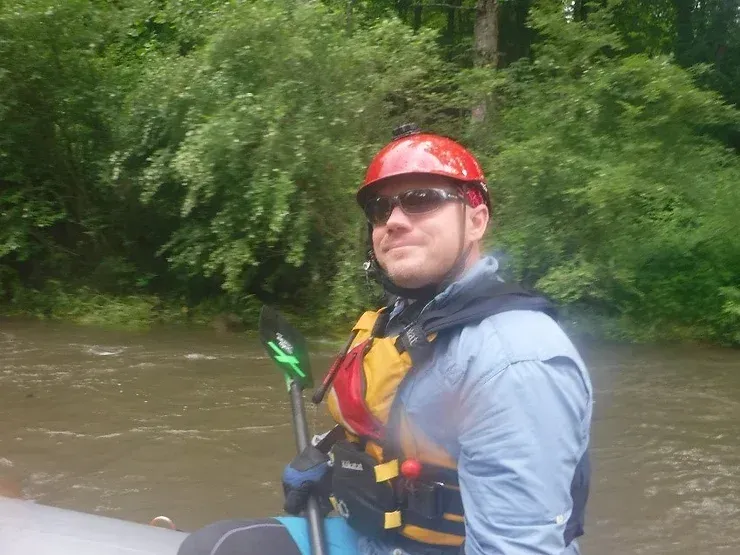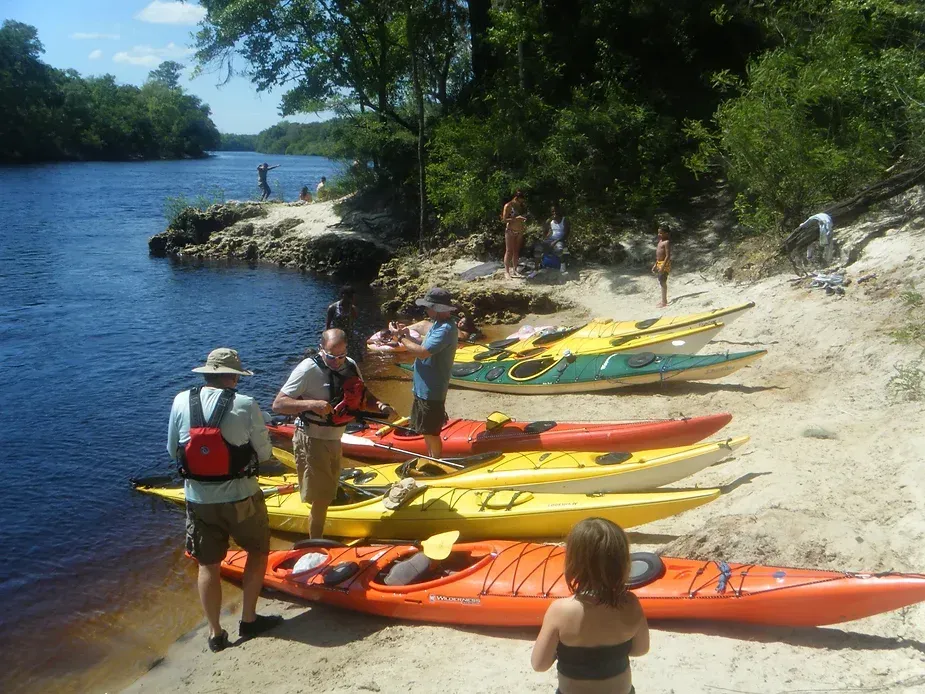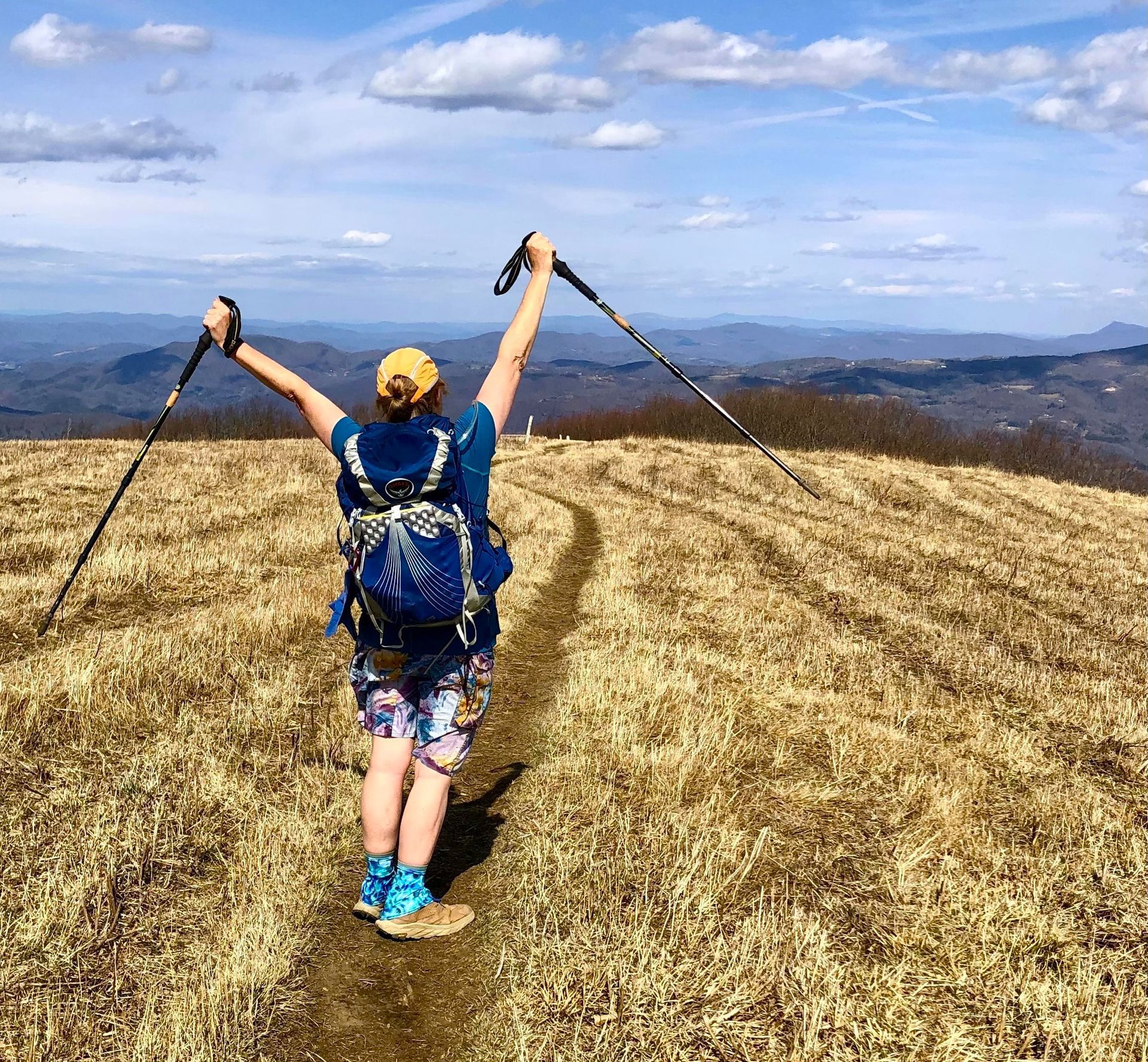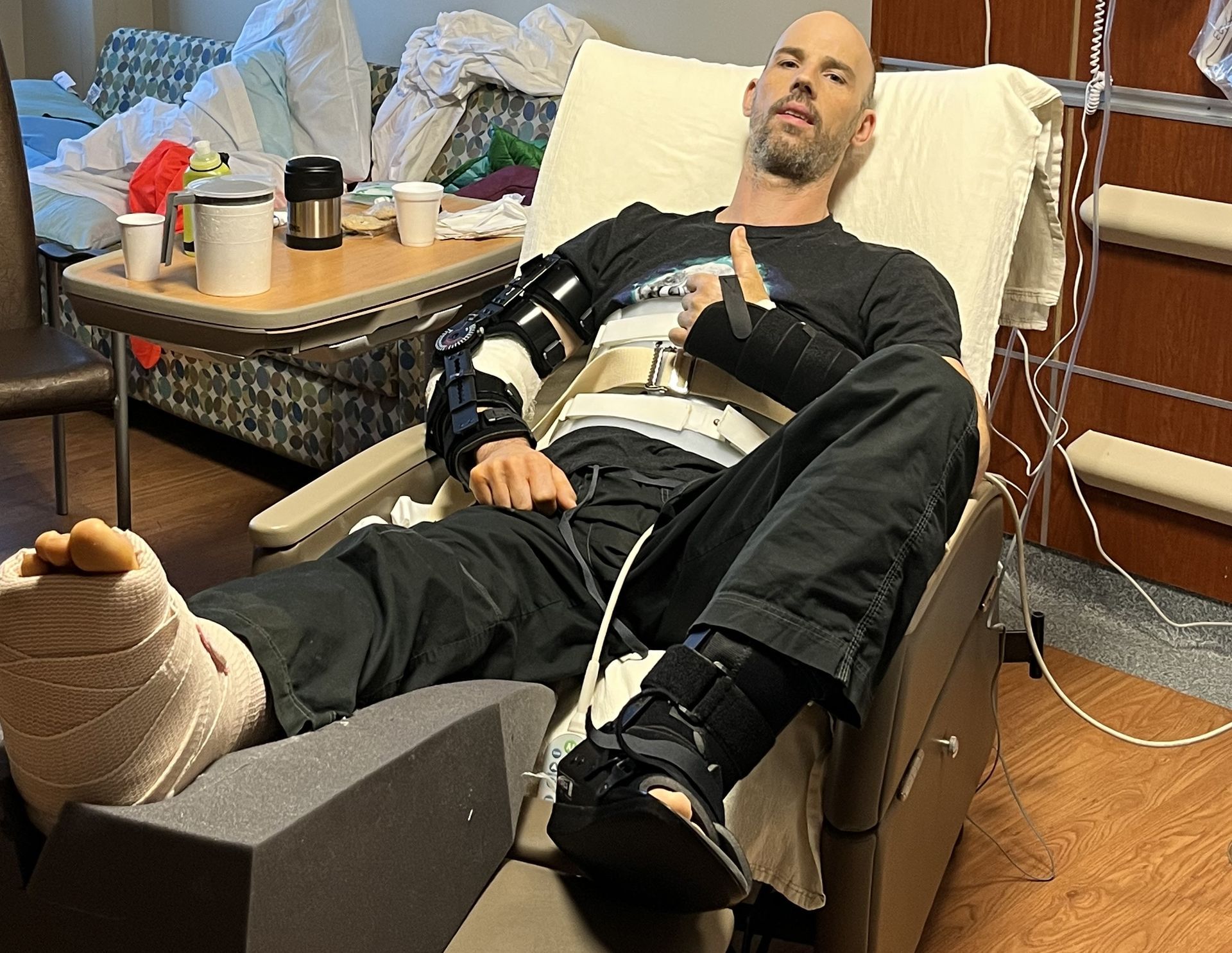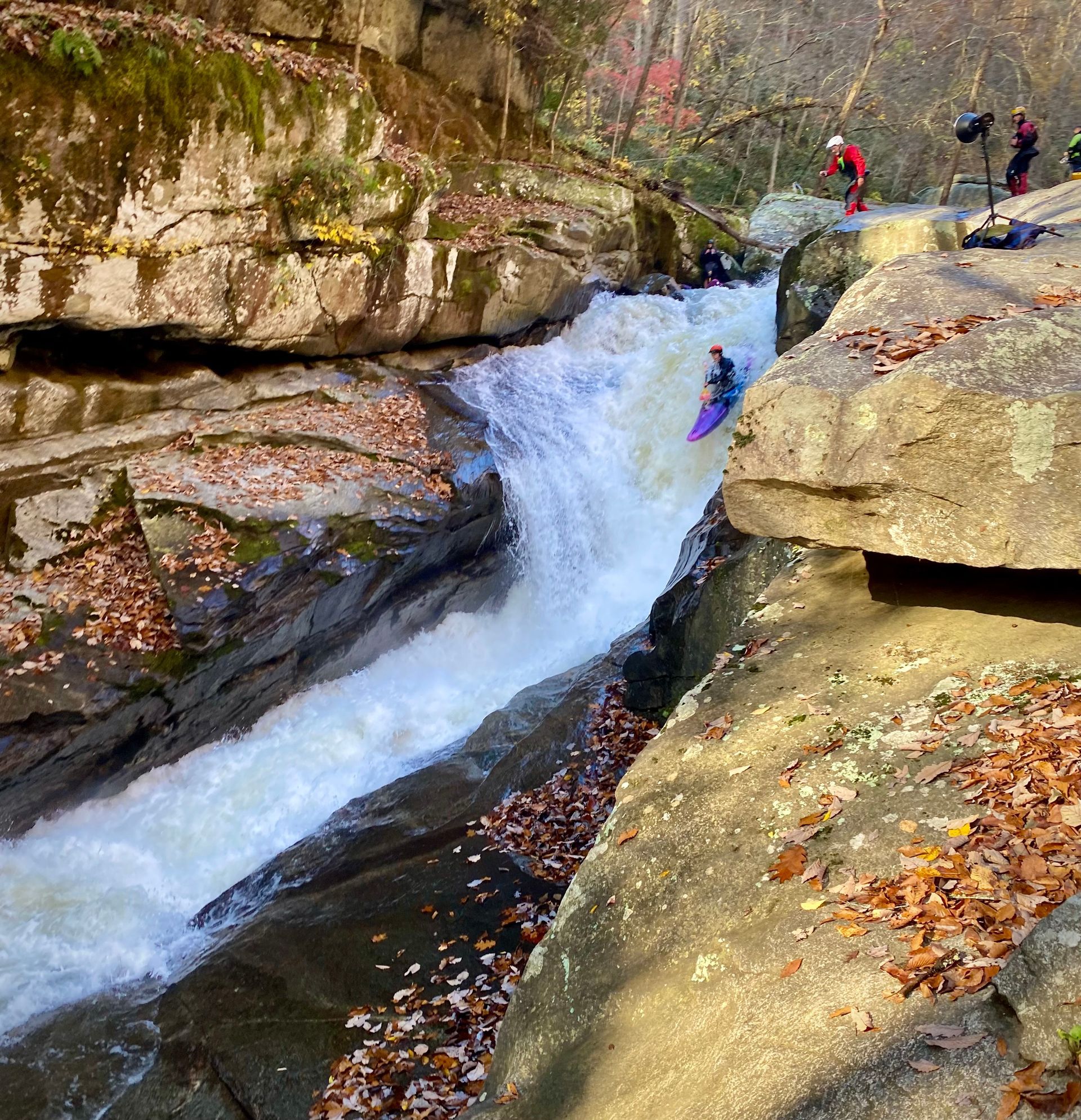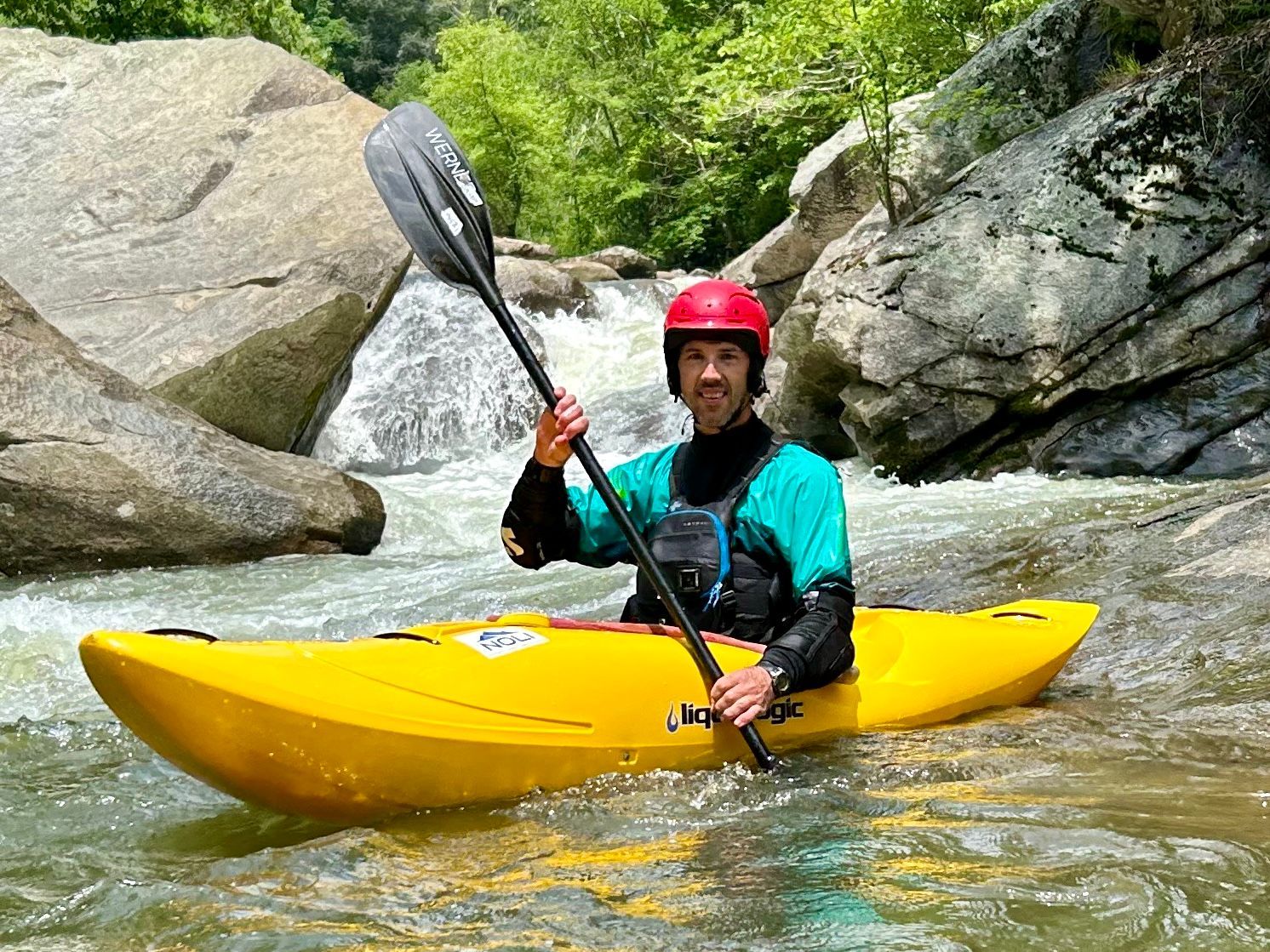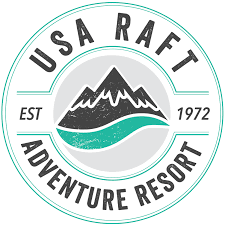Five Benefits of Kayaking You Don't Know About!
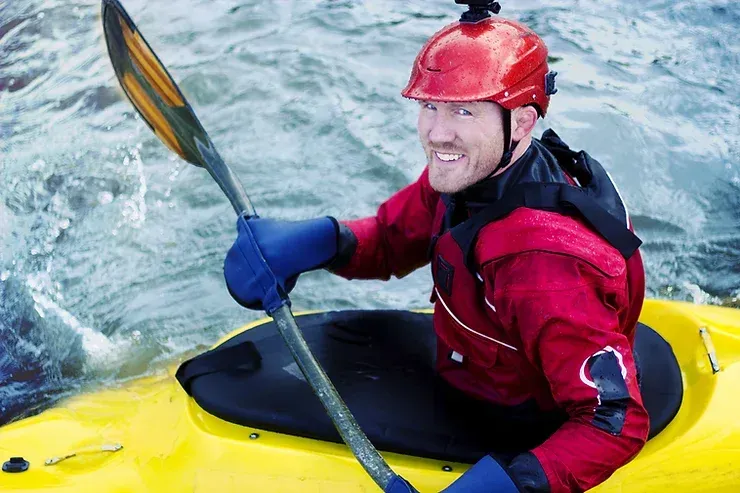
1. Everyone can do it!
Kayaking is like riding a bike. One of the essential skills is balance, and staying upright. Once this skill is mastered additional techniques and tricks can continually be added to increase skill, difficulty of rivers paddled, and FUN! A healthy person of any age can learn to balance in and paddle a kayak. You can start slow, on flat water for instance, and move on from there. Progression in skill has no set pace, so you can take it at any speed you like. Some people move rapidly from Class I to Class IV or V rivers. Others are happy on lakes and lazy rivers, enjoying the meditation of paddling, watching wildlife, camping, or just time with friends and family. It’s your experience on the water; do what you like!
2. It’s safer than you think!
OK… I hear your eyes rolling. Being strapped in a piece of plastic bombing down a raging river does not look safe! Each year thousands of people take part in recreation on the water. Only about 15% of all accidents on the water are from kayaks, according to data collected by the American Canoe Association (ACA). Two of the most common reasons for serious injuries and/or death was improper training by the operator of the water craft, and not wearing a life jacket (Personal Flotation Device - PFD). By taking these simple precautions, the incidence of accident and injury could be dropped by as much as 75%! There are inherent risks to kayaking of course. But by getting proper instruction and training, and using appropriate safety gear, the risks are less than people generally think.
3. Kayaking Works Your Core!
To effectively paddle your kayak, you use your core muscles, not just your arms. A paddle stroke that only uses arm muscles lacks power, and doesn’t move the kayak as effectively through the water. By starting right, and learning proper techniques, you’ll also be strengthening your core body muscles. Strong core muscles are also helpful for life off the water. Core muscles are essential for balance, lifting, squatting, low back health, healthy hips, and good posture.
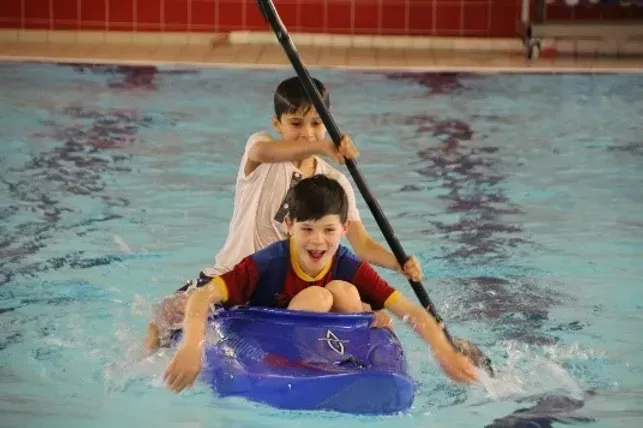
4. The Southeast is a PREMIER kayaking region!
Within an hour drive from Johnson City kayakers can paddle in a pristine mountain lake, down a trophy trout stream, or run some of the most exciting Class V whitewater in the country. Though not many locals know it, people from all over the country travel to our mountains to kayak with friends and family. In the height of summer, when daylight lasts until 9pm or later, we can even paddle after work! The variety and range of difficulty offers a range of opportunities that can leave you with interesting challenges for years of happy paddling.
5. Kayaking is good for your BRAIN!
You’ve probably heard of various suggestions of activities that help maintain and develop brain health. Usually people think of math, learning a new language, or solving crossword puzzles or sudoku. Those activities are indeed stimulating, but they are not as good as exercise and movement. The best kinds of movement and exercise for brain stimulation are things that require balance. Balance activities engage the entire body. The brain must constantly monitor large and small muscle groups, arm and leg positions, muscle contraction and relaxation, and thousands of other things. Challenging the brain with activities and developing skills that require precise balance create brain plasticity, can help with learning new skills in other areas, and can prolong brain health as we age.
SURPRISE BONUS REASON!
The main reason to learn to kayak is because it’s FUN!
Brad Eldridge is a licensed chiropractor who also teaches whitewater kayaking, canoeing and self-defense. He can be reached at drbraddc@gmail.com. For information on NOLI's kayak and other outdoor classes go to
www.NoliLearn.org.
